Home>Articles>How Long Does It Take For A Ceiling Paint To Dry

Articles
How Long Does It Take For A Ceiling Paint To Dry
Modified: December 7, 2023
Discover how long it takes for ceiling paint to dry in this informative article.
(Many of the links in this article redirect to a specific reviewed product. Your purchase of these products through affiliate links helps to generate commission for Storables.com, at no extra cost. Learn more)
Introduction
When it comes to painting a ceiling, one of the most common questions that homeowners have is, “How long does it take for ceiling paint to dry?” Understanding the drying time of ceiling paint is crucial because it impacts how long you need to wait before reapplying or touching the painted surface.
The drying time of ceiling paint can vary depending on various factors, such as the type of paint used, the humidity level in the room, and the ventilation. In this article, we will explore these factors and provide some tips to help speed up the drying process.
Key Takeaways:
- Understanding the factors that affect the drying time of ceiling paint, such as paint type, humidity, and ventilation, can help you expedite the process and achieve a professional finish.
- While latex-based ceiling paint dries faster than oil-based paint, proper ventilation, thin coats, and optimal room temperature can speed up the drying process for both types of paint.
Read more: How Long Does It Take For Floor Paint To Dry
Factors that Affect Drying Time
Several factors can influence the drying time of ceiling paint. It’s essential to understand these factors to gauge how long you should wait before the paint is completely dry and ready for the next coat or for any interaction with the painted surface. Here are some key factors that affect the drying time:
- Type of paint: The type of paint you use can significantly impact drying time. Latex-based paints are water-based and generally dry faster than oil-based paints. Oil-based paints take longer to dry due to their chemical composition.
- Humidity level: High humidity levels slow down the drying process. Moisture in the air prevents the solvent in the paint from evaporating quickly. As a result, it can take longer for the paint to dry completely in humid conditions.
- Temperature: Higher temperatures can speed up the drying time, while lower temperatures can delay it. It’s best to paint in moderate room temperatures (around 60-75°F) for optimal drying conditions.
- Thickness of the paint: Thicker layers of paint take longer to dry compared to thinner coats. Applying multiple thin coats, allowing each coat to dry before adding another, can help speed up the overall drying process.
- Type of surface: The type of surface being painted can also affect drying time. Some surfaces may absorb the paint faster, allowing it to dry quicker, while others may require more time for the paint to bond and dry completely.
It’s important to note that these factors are not independent of each other. They can interact and influence each other, so it’s necessary to consider all of them collectively when estimating the drying time of your ceiling paint.
Latex-Based Ceiling Paint
Latex-based ceiling paint, also known as water-based paint, is a popular choice for many homeowners due to its ease of use and fast drying properties. It is widely available in a variety of finishes, ranging from flat to glossy. Here’s what you need to know about the drying time of latex-based ceiling paint:
Most latex-based ceiling paints are designed to dry to the touch within 1-2 hours. This means that you can typically apply a second coat of paint within this time frame. However, it’s important to wait for the paint to fully dry before adding additional coats or touching the surface.
The complete drying time for latex-based ceiling paint can vary depending on factors such as humidity and temperature. In optimal conditions, it can take anywhere from 4 to 8 hours to dry completely. It’s essential to allow sufficient drying time between coats and before any physical contact with the painted surface to prevent smudging or damage.
Keep in mind that thicker coats of latex-based paint will take longer to dry compared to thinner coats. Applying multiple thin coats is often recommended to achieve a smoother, more even finish and to speed up the overall drying time.
Additionally, it’s crucial to provide proper ventilation in the room during and after painting with latex-based paint. Adequate airflow helps the paint dry faster by facilitating the evaporation of water content in the paint. Opening windows and using fans can help expedite the drying process.
Overall, latex-based ceiling paint is a convenient and time-efficient option for homeowners. Its quick drying time allows for faster completion of the painting project, enabling you to enjoy your newly painted ceiling sooner.
Oil-Based Ceiling Paint
Oil-based ceiling paint, also known as alkyd-based paint, offers a durable and glossy finish that can withstand moisture and everyday wear and tear. While it provides excellent coverage and long-lasting results, it typically requires more time to dry compared to latex-based paints. Here’s what you need to know about the drying time of oil-based ceiling paint:
Unlike latex-based paint, oil-based paint takes a significantly longer time to dry. Generally, it can take anywhere from 8 to 24 hours for oil-based ceiling paint to dry to the touch. However, the complete drying time can extend up to several days, depending on various factors such as humidity, temperature, and the thickness of the paint layer.
The slow drying time of oil-based ceiling paint is due to its chemical composition, which includes alkyd resins and volatile solvents that need sufficient time to evaporate and allow the paint to cure properly.
When using oil-based ceiling paint, it’s crucial to exercise patience and allow ample drying time between coats and before any contact with the painted surface. Applying a second coat too soon can lead to paint smudging or even removing the first coat, resulting in an uneven finish.
To speed up the drying process of oil-based ceiling paint, it’s essential to ensure proper ventilation. While it may not dry as quickly as latex-based paint, adequate airflow in the room can help facilitate evaporation and promote faster drying. Use fans or open windows to improve air circulation during and after painting.
One important thing to note is that oil-based paints emit stronger fumes compared to latex-based paints, so ensure proper ventilation to avoid any health hazards. Additionally, cleaning up after using oil-based paint requires using solvents such as mineral spirits or paint thinners, so be sure to follow the manufacturer’s instructions for proper disposal.
In summary, while oil-based ceiling paint offers durability and a glossy finish, it requires more time to dry compared to latex-based paint. Take into consideration the extended drying time and make sure to plan accordingly to achieve the best results with oil-based ceiling paint.
Ceiling paint typically takes 2-4 hours to dry to the touch, but it’s best to wait 24 hours before applying a second coat or hanging anything from the ceiling.
Proper Ventilation
Proper ventilation is a crucial aspect when it comes to drying paint effectively. Whether you’re using latex-based or oil-based ceiling paint, ensuring adequate airflow can significantly impact the drying time and overall quality of the painted surface. Here are some tips for maintaining proper ventilation:
- Open windows and doors: Opening windows and doors in the painted area allows fresh air to circulate, helping the paint dry faster. It also helps to remove any lingering fumes, particularly when using oil-based paints, as they tend to have stronger odors.
- Use fans or air movers: Setting up fans or air movers in the room can aid in improving air circulation and speeding up the drying process. Position them strategically to ensure proper airflow across the painted surface.
- Avoid closed spaces: Painting in enclosed or poorly ventilated spaces can trap moisture in the air, leading to prolonged drying times. If possible, choose a well-ventilated area for painting and leave doors or windows open during and after the painting process.
- Dehumidifiers: If you’re painting in a high-humidity environment, using a dehumidifier can help remove excess moisture from the air. Lowering the humidity levels in the room can aid in faster drying and prevent the paint from taking longer to cure.
By implementing these ventilation techniques, you create an optimal environment for the paint to dry efficiently. Proper airflow helps in the evaporation of solvents and water content in the paint, allowing it to dry effectively and form a durable finish.
It’s important to note that ventilation should be maintained even after the paint is dry to ensure any residual fumes disperse completely. This is especially important when using oil-based paints, as they tend to have a longer drying time and stronger odors.
Remember to follow any specific instructions provided by the paint manufacturer regarding ventilation and drying times, as different paints may have specific requirements. By prioritizing proper ventilation, you not only facilitate fast drying but also create a safe and comfortable environment during and after the painting process.
Read more: How Long Does it Take for Porch Paint to Dry
Tips for Faster Drying
If you’re looking to expedite the drying time of your ceiling paint, here are some helpful tips to consider:
- Thin coats: Applying multiple thin coats of paint rather than one thick layer can help speed up the drying process. Thin coats dry faster as they have less moisture to evaporate, leading to quicker drying times.
- Optimal room temperature: Paint dries best in moderate room temperatures, typically between 60-75°F (16-24°C). Avoid painting in extremely cold or hot conditions as extreme temperatures can significantly impact the drying time.
- Use a drying additive: Some paint manufacturers offer drying additives that can be mixed with the paint to speed up the drying time. These additives contain chemicals that help accelerate the evaporation process.
- Direct airflow: Directing airflow towards the painted surface can help facilitate faster drying. Positioning fans or air movers strategically to blow air across the painted area can aid in evaporation and reduce drying time.
- Avoid excess humidity: High humidity can prolong the drying time of paint. If the room has high humidity levels, use a dehumidifier to remove excess moisture from the air or wait for a day with lower humidity to ensure faster drying.
- Don’t rush: While it’s understandable that you may be eager to complete your painting project, it’s important not to rush the drying process. Allow the recommended drying time between coats and before any physical contact with the painted surface to ensure a smooth and durable finish.
It’s worth mentioning that these tips may help speed up the drying time, but they should be followed in conjunction with the manufacturer’s instructions for the specific paint you are using. Different paints may have varying drying characteristics and requirements.
Lastly, remember that the quality of your paint job is ultimately more important than the speed of drying. Patience and proper drying time will ensure a long-lasting, professional-looking finish.
Conclusion
Understanding the drying time of ceiling paint is essential for a successful painting project. Whether you’re using latex-based or oil-based paint, several factors can affect the drying process, including the type of paint, humidity levels, temperature, and the thickness of the paint layer. By considering these factors and following some helpful tips, you can speed up the drying time and achieve the desired results.
Latex-based ceiling paint, being water-based, generally dries faster than oil-based paint. Latex-based paint can dry to the touch within 1-2 hours, while oil-based paint can take several hours or even days to dry completely. Proper ventilation plays a critical role in drying paint effectively. Opening windows, using fans or air movers, and controlling humidity levels can all contribute to faster drying times.
To expedite the drying process, remember to apply thin coats of paint, maintain optimal room temperature, and consider using drying additives if available. However, it’s important not to rush the drying time, as allowing sufficient drying time between coats and before any contact with the painted surface ensures a smooth and durable finish.
Ultimately, the quality of your paint job is paramount, and patience during the drying process is key. Properly dried paint results in a beautiful and long-lasting ceiling finish that you can enjoy for years to come.
In conclusion, while the drying time of ceiling paint may vary depending on various factors, understanding these factors and following the recommended guidelines can help you achieve faster and satisfactory drying results for your painting project.
Frequently Asked Questions about How Long Does It Take For A Ceiling Paint To Dry
Was this page helpful?
At Storables.com, we guarantee accurate and reliable information. Our content, validated by Expert Board Contributors, is crafted following stringent Editorial Policies. We're committed to providing you with well-researched, expert-backed insights for all your informational needs.
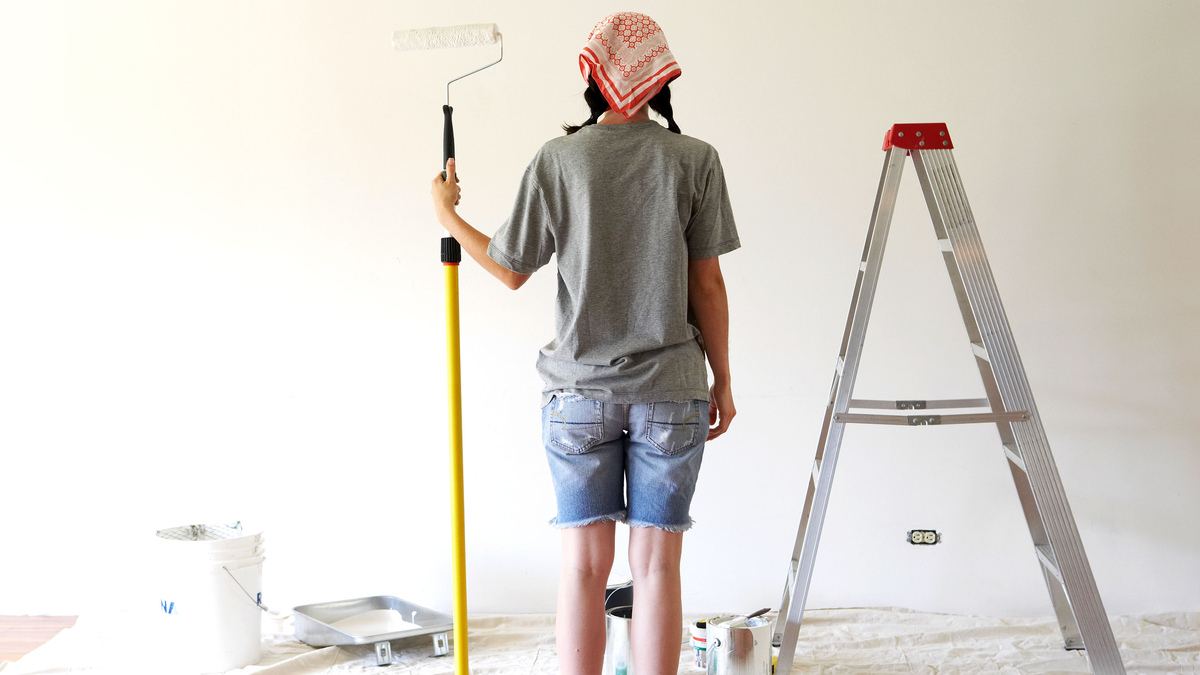
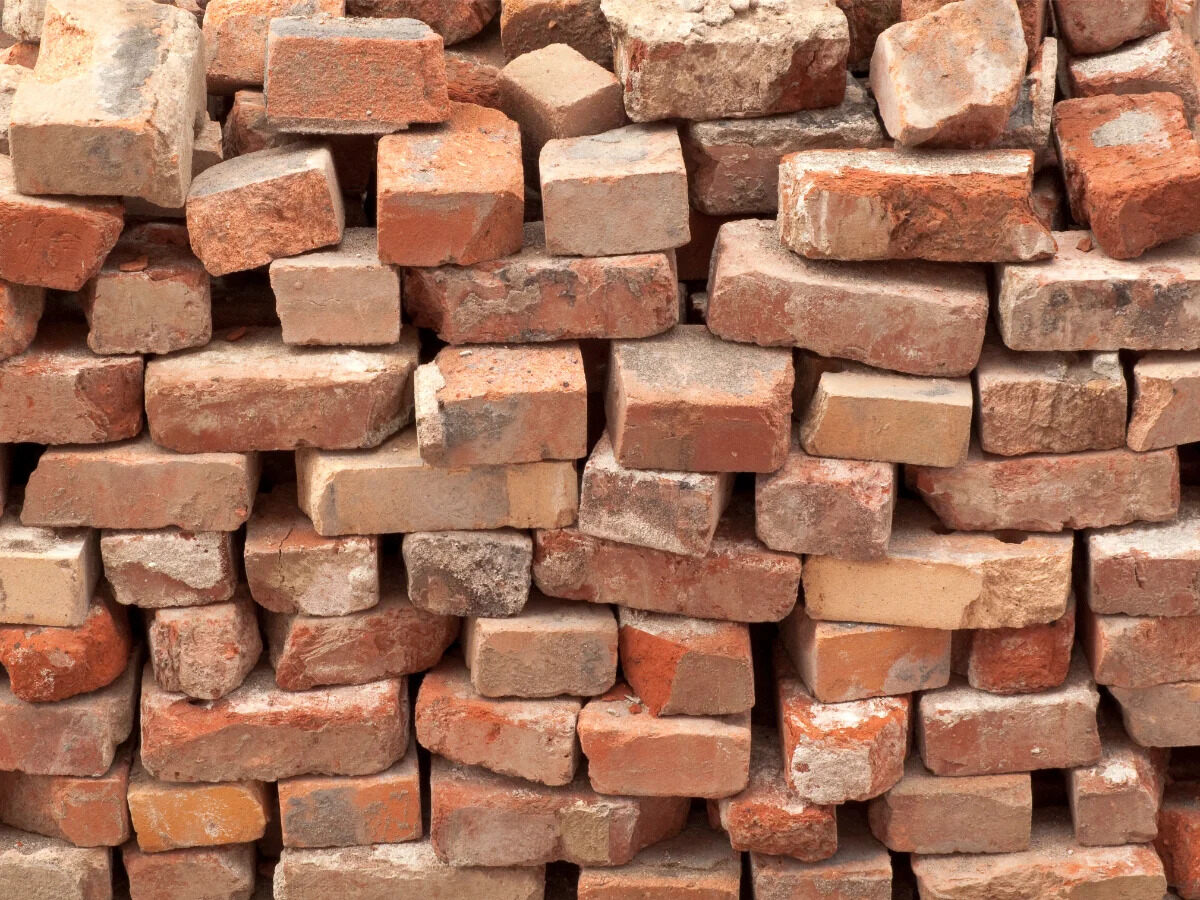
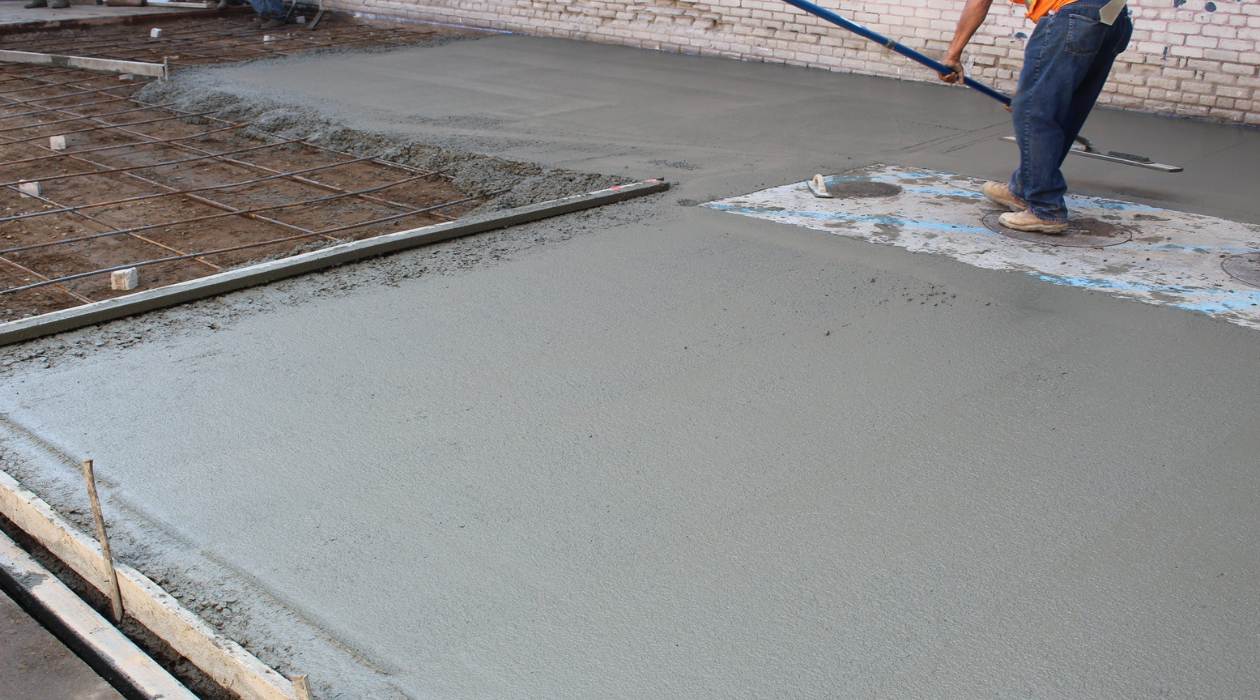
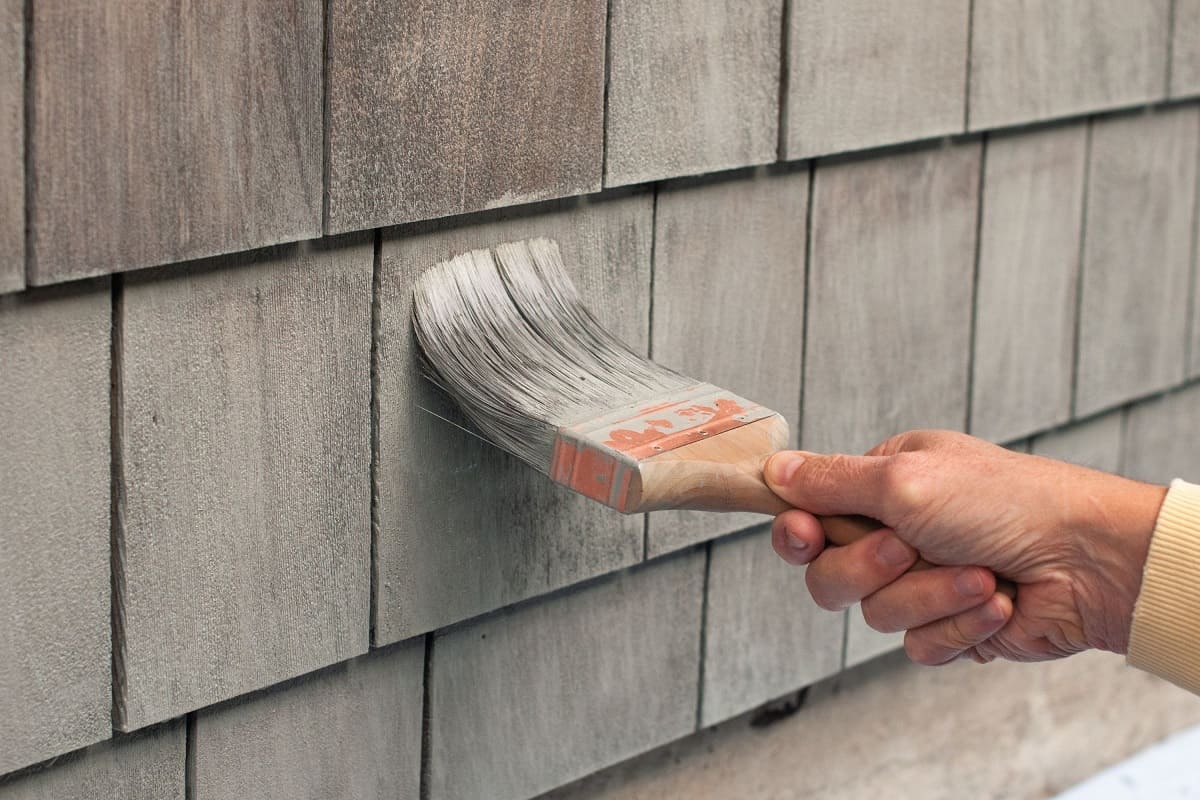

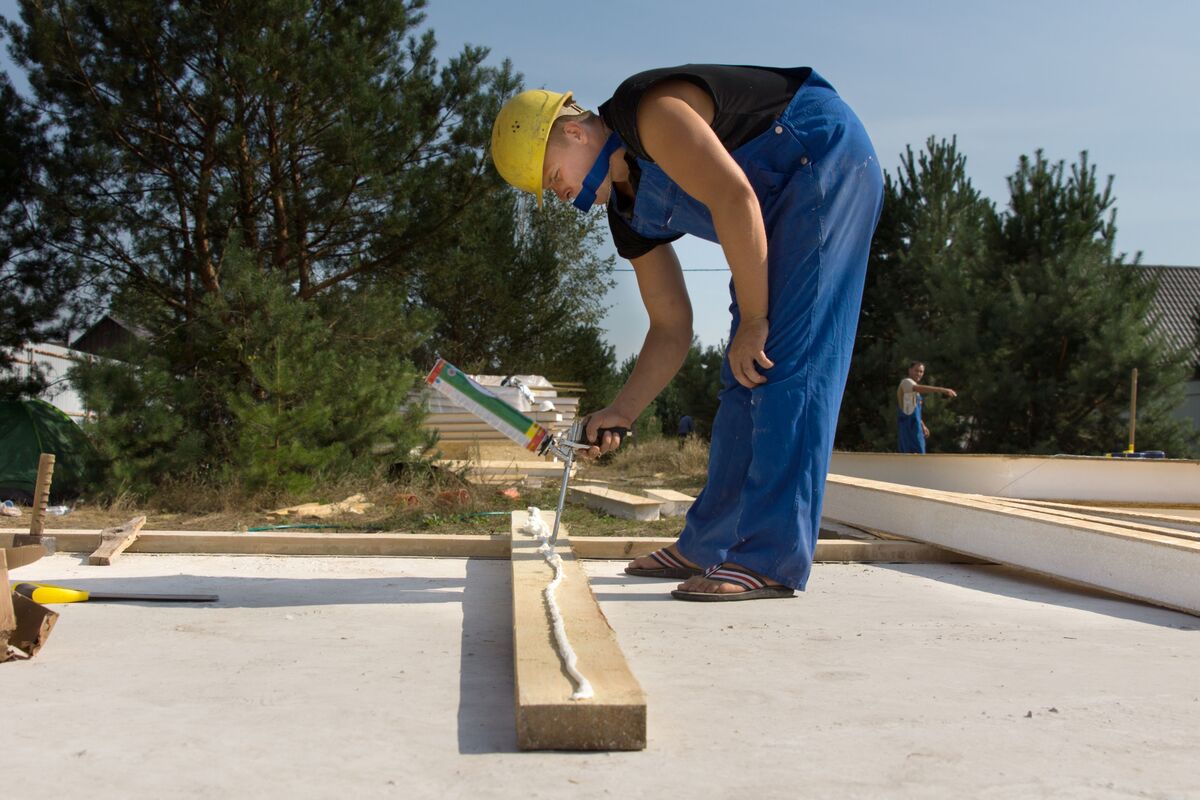
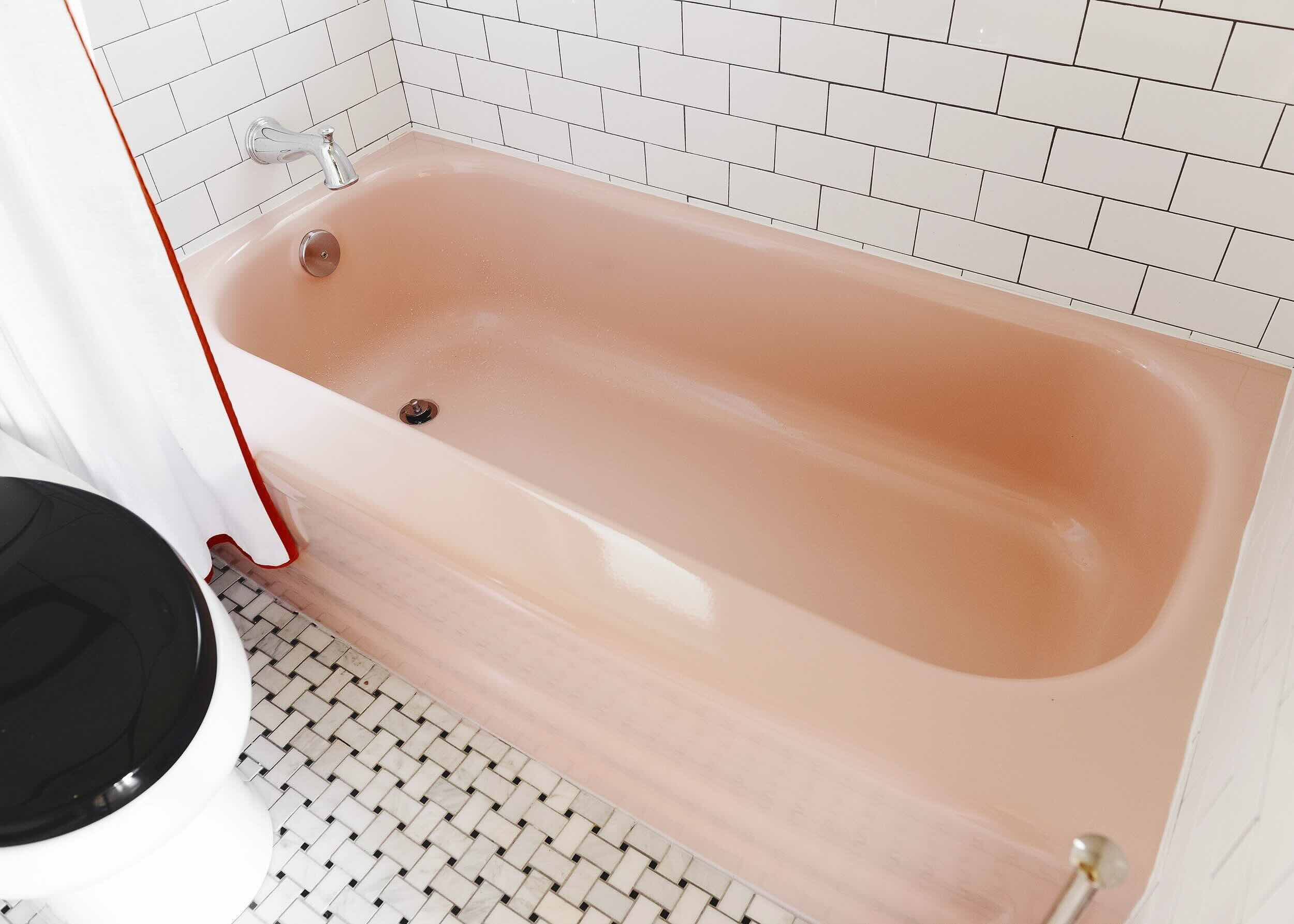
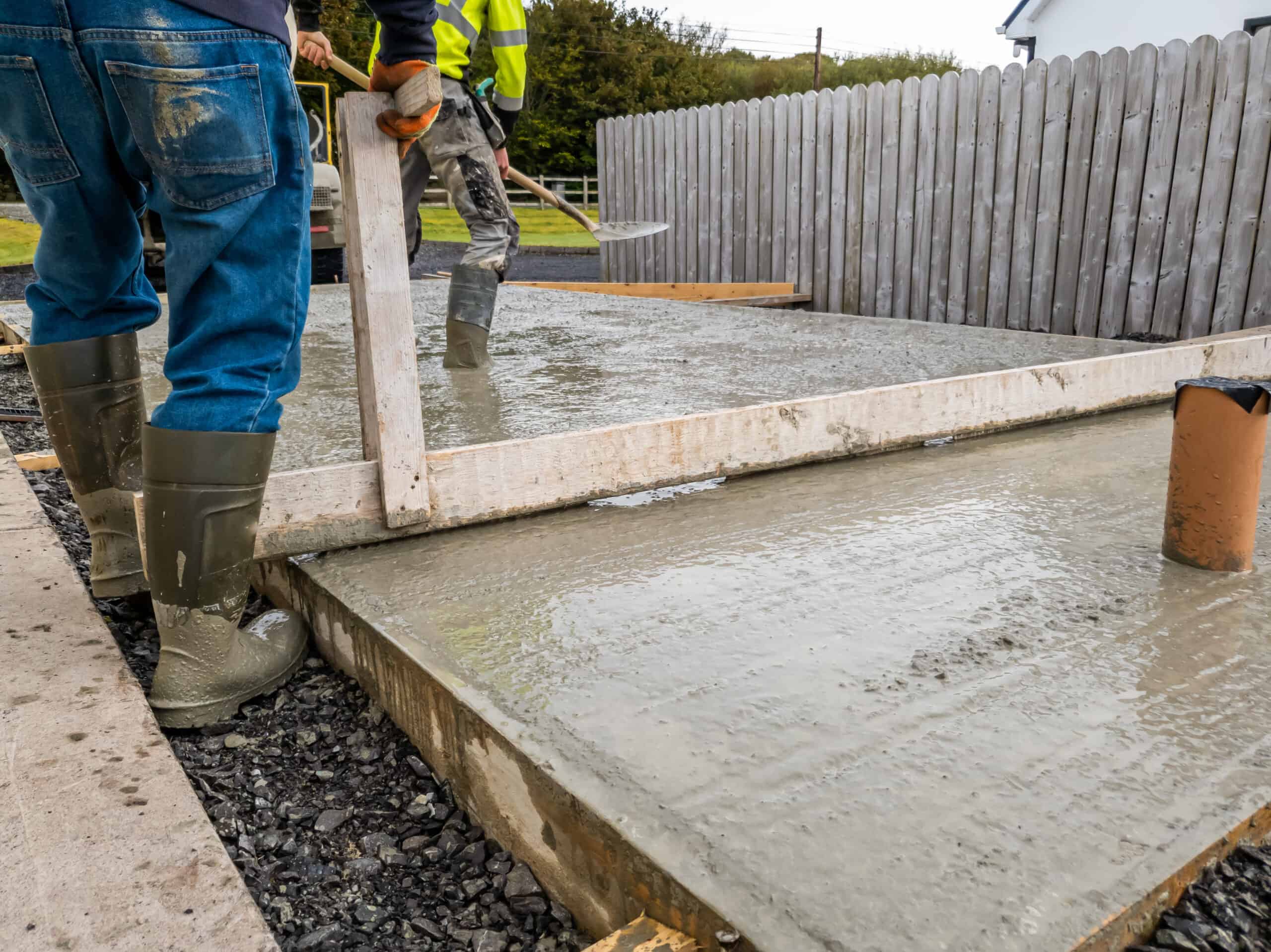
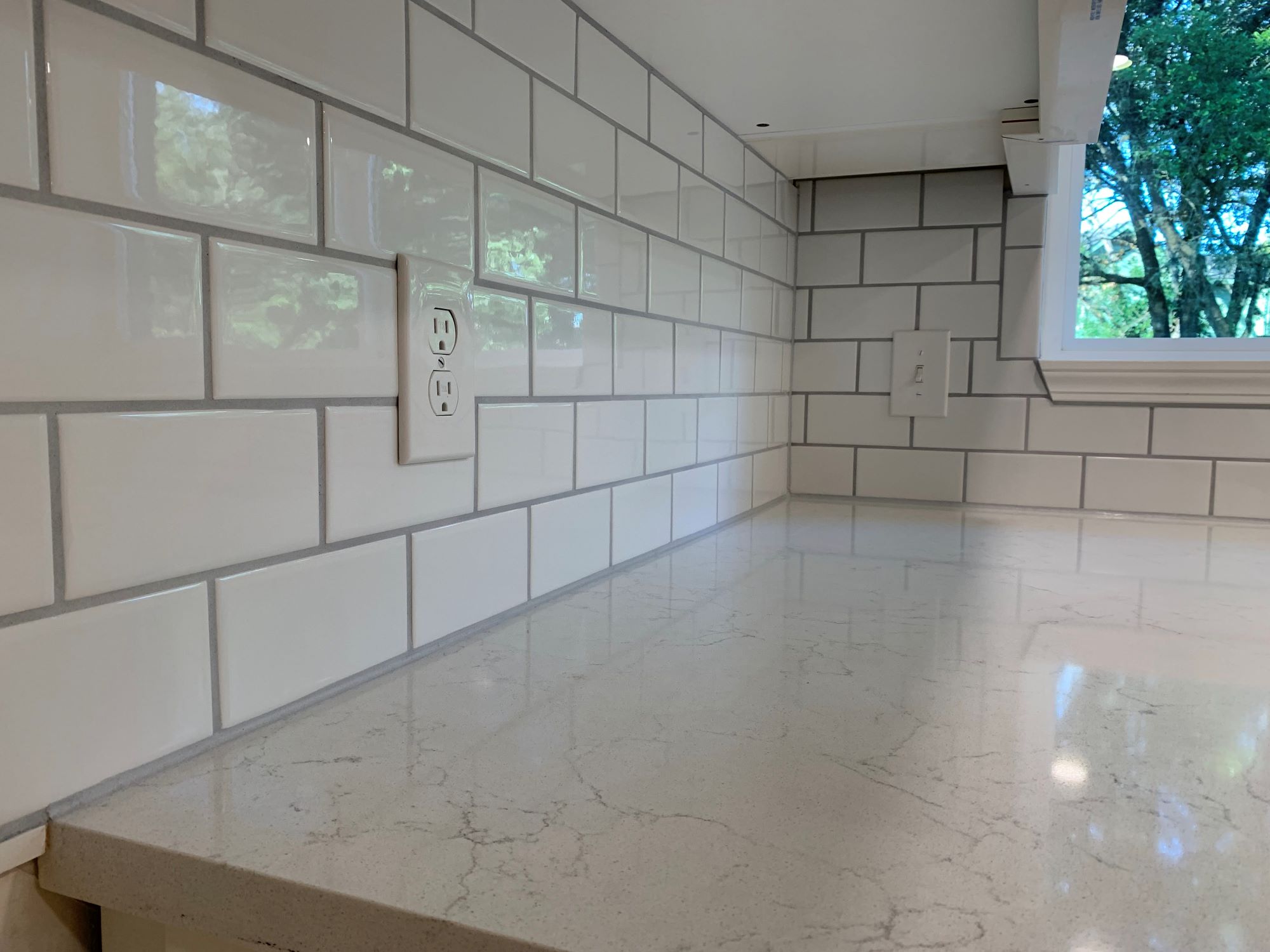
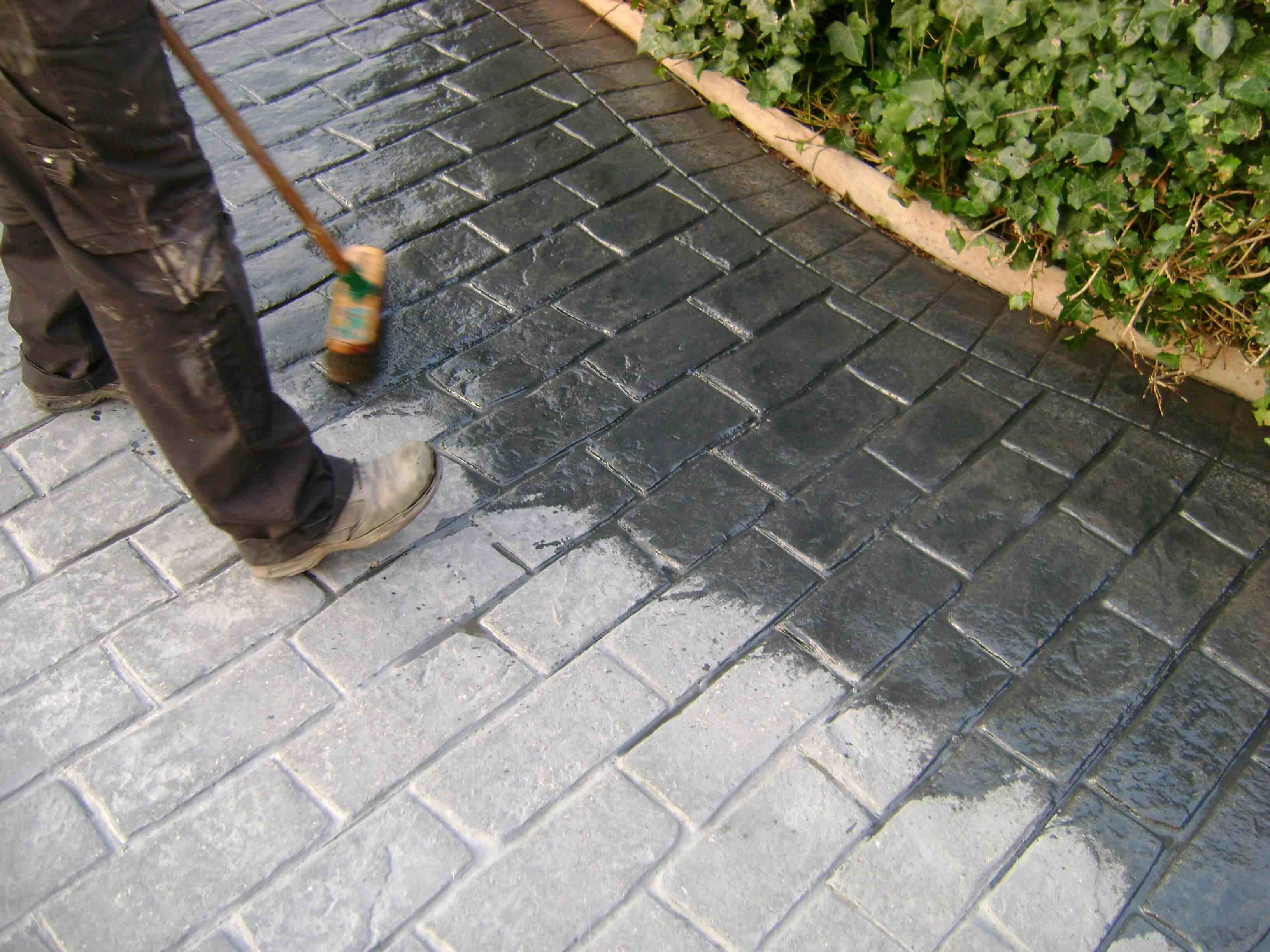

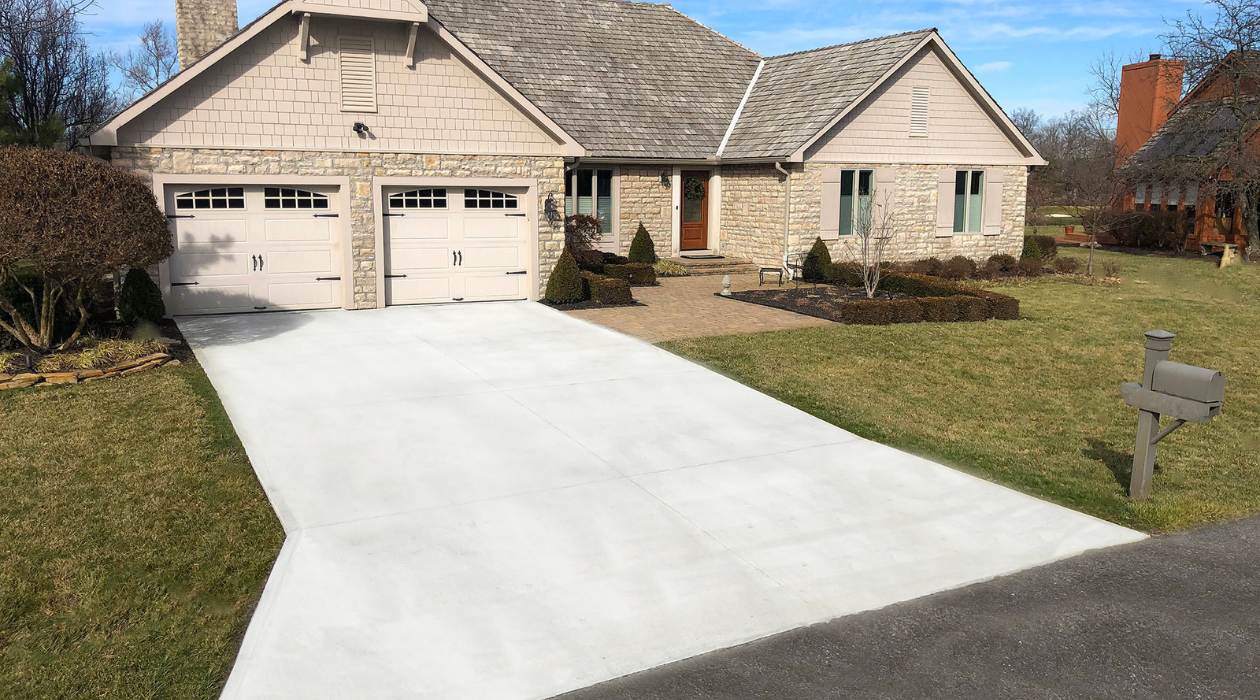
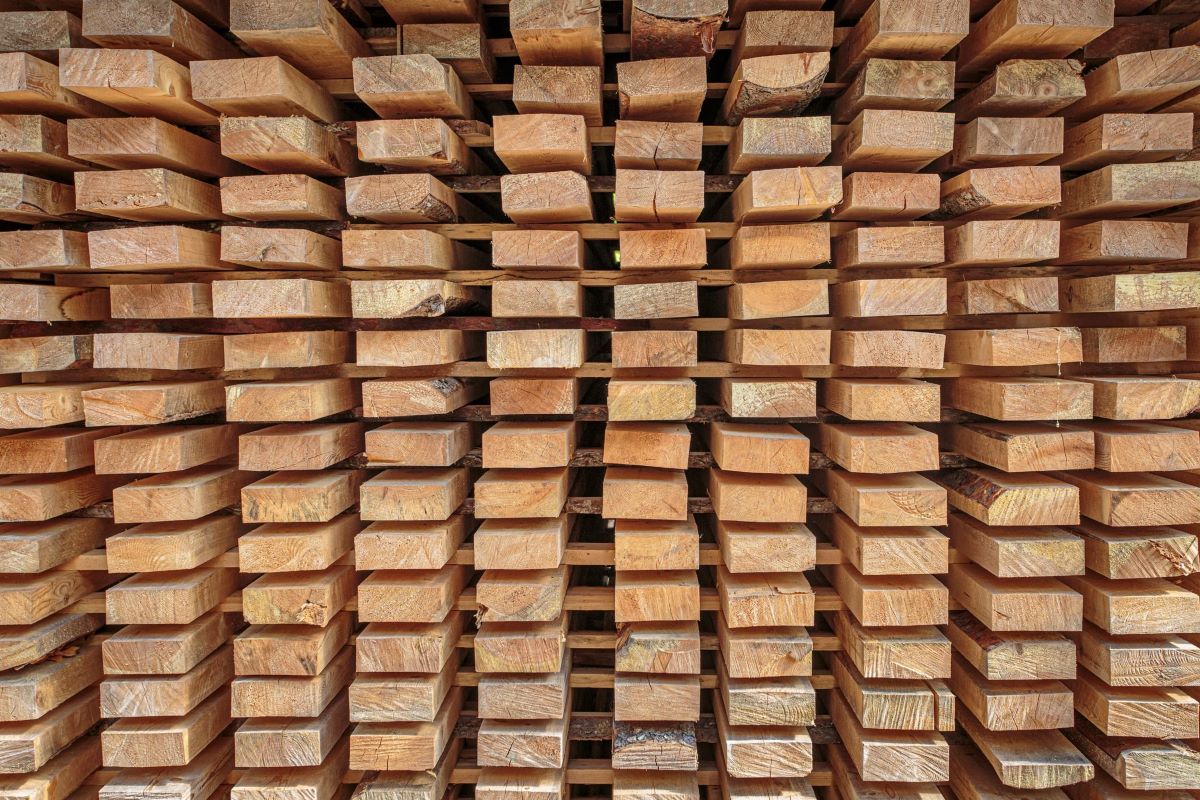


0 thoughts on “How Long Does It Take For A Ceiling Paint To Dry”